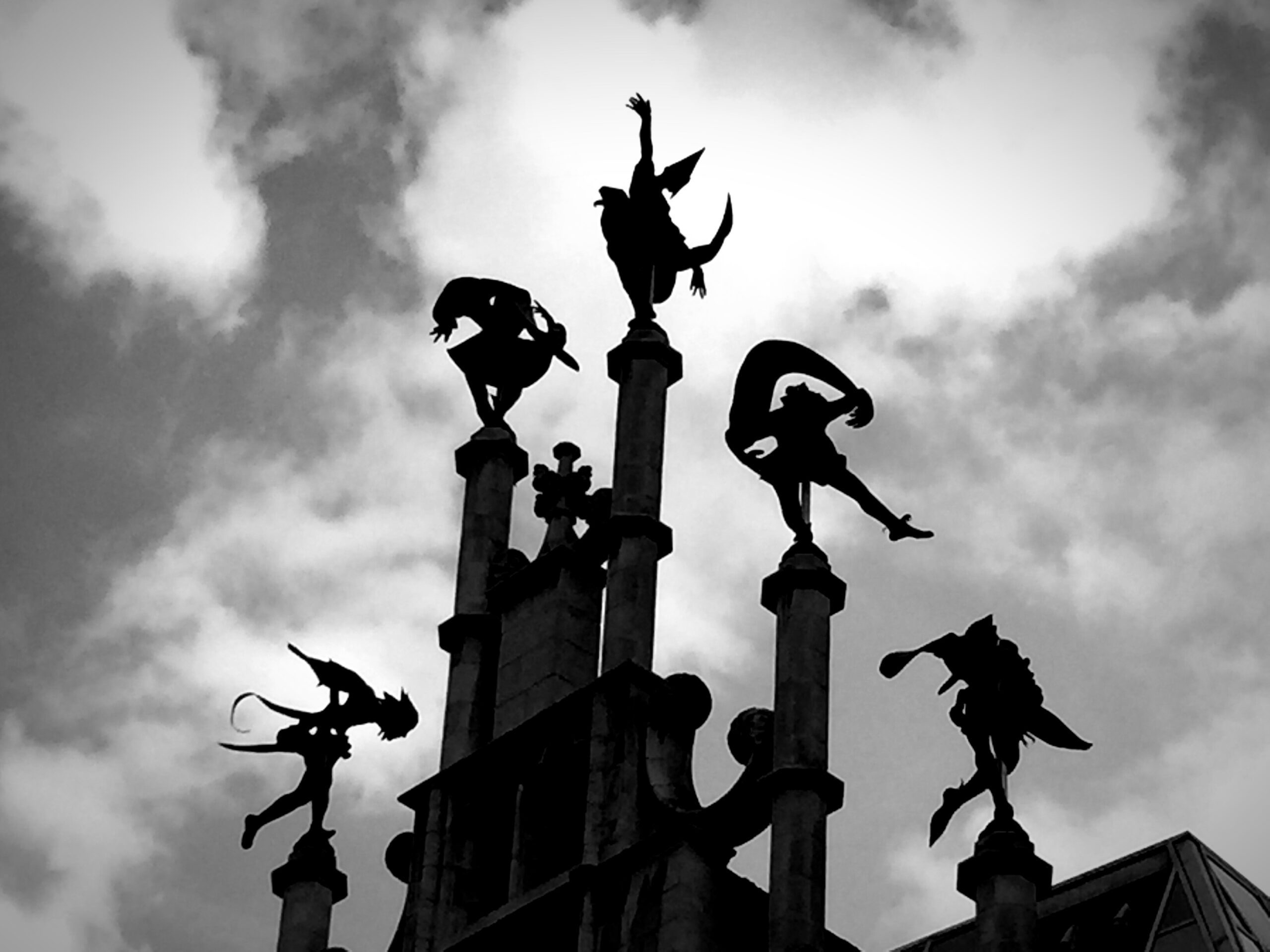
At a fundamental level, Peter might ask: am I just a dreamer or am I a doer? A dream can be very helpful in this regard—and might serve an important Ego-based (adaptive) function. As a regressive process, dreams (like other creative processes) play a significant role in our life. Heinz Hartman and other Ego psychologists write about regression in the service of the ego (Hartman, 1958). In this case, regression is serving the interest of Peter’s ego in asking several challenging questions. In its myth-making capacity, Peter’s dream might be infusing his world with meaning and rich imagery. Rather than resolving a focal conflict (French and Fromm) or managing Id impulses (Freud), Peter’s Ego is producing images in his dream that challenge, inform and help to create an enduring personal myth.
Homo mythos may be fully in operation when we are dreaming—and with this myth-making purpose in mind, we can readily turn back to Carl Jung and other Jungians. However, we need not be Jungians or more broadly psychoanalytically inclined interpreters of dreams to find good reasons for the speculative identification of mythic structures in our dreams. I offer a linguistic-based perspective regarding our myth-making capacities and proclivities. This perspective further expands and enriches our appreciation for these capacities and proclivities.
Semantic Differential
The noted psychologist and psycholinguist, Charles Osgood (1957) presented a model many years ago of linguistic categorization that he labeled the Semantic Differential. Osgood proposed that we tend to view the world through three categorical lenses: good/bad, active/passive, and strong/weak. He provides compelling evidence of this three-part categorization in the factor analyses that he conducted. Recently (Bergquist, 2021) I have proposed that we might be using these three categories not only in providing structure for the semantic processing of our waking world but also in organizing our amygdala template when confronting a threatening situation. I now suggest that these categories, in addition, might be providing the foundation for our production of myths.
For instance, the distinction between Good and Bad could serve as the foundational for many myths regarding the struggle between benevolent forces and malevolent forces. There are Good and Bad people in most myths—and not many figures in gray hats. There is the hero and the villain. At the cosmic level there is God and Satan (or the equivalent in non-Christian cultures). Battles are being fought between these two contradictory forces.
We find that the Active/Passive dimension is foundational for many myths regarding journey. The protagonist takes action rather than allowing some injustice to remain unaddressed. The central figure in a myth decides to leave the comforts of home and venture forth to do battle or begin a quest for some desirable object (the holy grail) or location (Valhalla). Activity is also represented in physical actions – such as dance and song—which tend to enhance the myth (even if this activity does not move the narrative forward). Without action there is little that can be said about a hero’s purpose or ultimate achievement. There is only contemplation of what might be and what decisions should be made to bring about and direct action (“To be or not to be . . . “)
The third category identified by Osgood is Strong/Weak. This category provides the foundation for myths about the emergence of super-power – such as the Gods of Greek legend or modern-day superheroes. The superheroes may already have this power but keep it hidden until it is needed to serve humankind. A costume is usually donned when the superhero emerges as a very strong force. Superman, Batman, Wonder Woman and Spiderman come to mind. Alternatively, a transformation occurs whereby the superhero no longer is weak but now is strong. This began with the transformation (Shazam!) of Billy Batson into the original Captain Marvel. It continues with the mythic narratives concerning transformation of Bruce Banner into the Hulk and (at the opposite extreme) Scott Lang into Antman.





